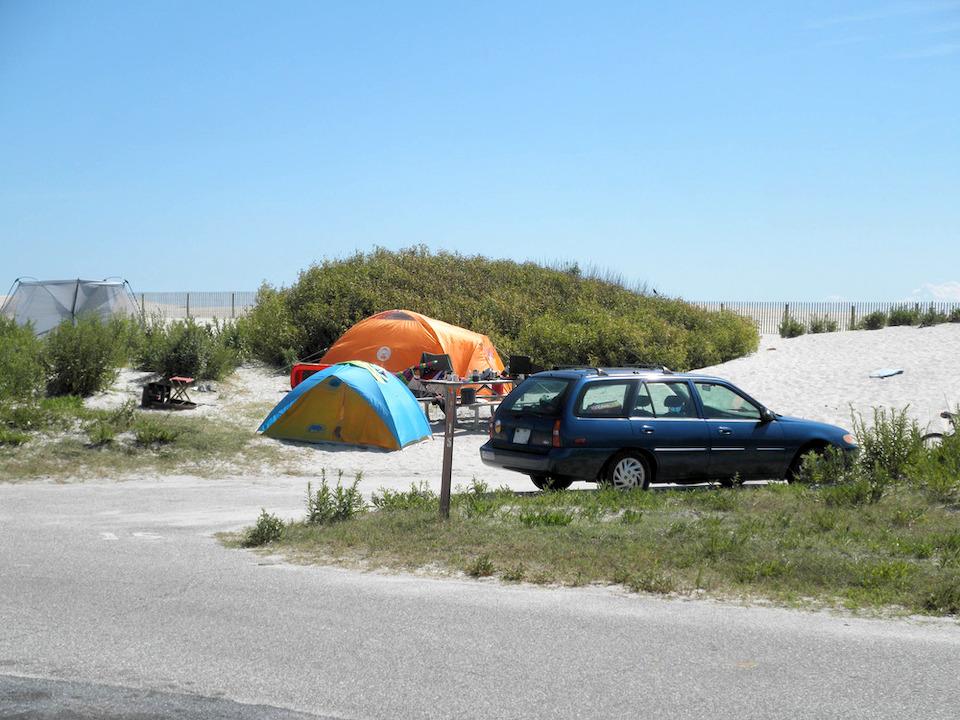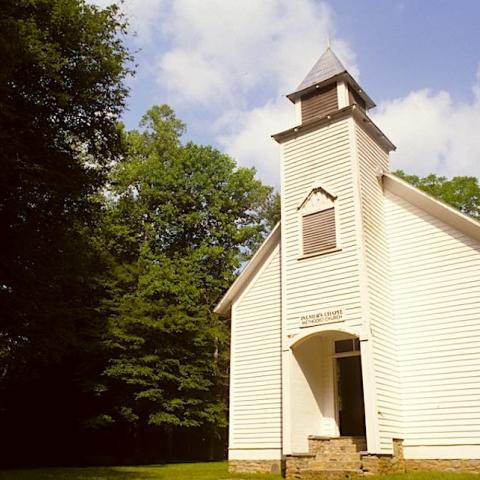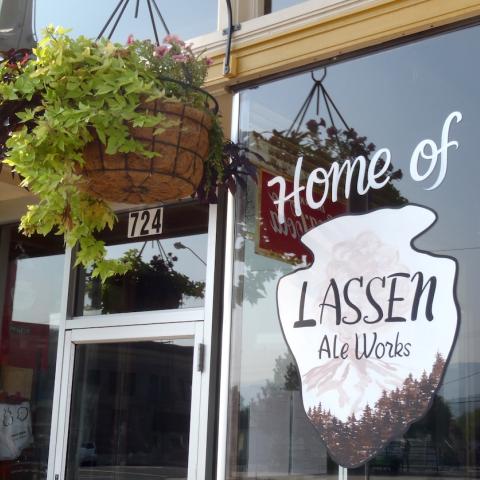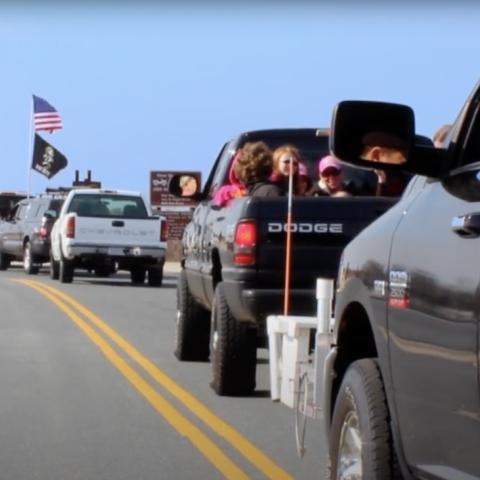
National park campgrounds, such as Oceanside Campground at Assateague Islands National Seashore, perhaps could be more efficiently, and profitably, managed, according to a research group/NPS
National park campgrounds could be managed more profitably, according to a nonprofit research organization, which suggests the National Park Service raise cancellation fees and possibly consider a surge pricing system during the busy seasons.
The report by Resources for the Future says the Park Service in general doesn't have clear information on who is using the parks, how long they stay, "and other information that would help in devising solutions to park overcrowding."
In looking at campground usage in the parks, the authors looked at 1.5 million campsite reservations made through Recreation.gov, the main portal for reserving campsites in the National Park System and other federal landscapes. That analysis came to the same conclusion most park visitors have: "Many of the parks near centers of population are filled to capacity on weekends in the spring and fall shoulder seasons. Thus, our analysis supports the general understanding that national parks are filled to the brim."
There also is a clear seasonal effect: on average, 20 to 40 percent of campsites are being used in the winter months, 40 to 60 percent during spring and fall, and 60 to 80 percent during the summer.
While the study found that most people who use park campgrounds make their reservations as far in advance as possible -- typically six months -- there are quite a few cancellations when the reserved dates approach.
"One relatively simple way for the Park Service to generate more money for the parks may be to change this practice," the authors said.
But the authors also found that one size does not fit all, in terms of trying to figure out how best to run the campgrounds.
"Although all of the campgrounds are at or near peak capacity during some months of the year, the patterns vary across the parks. Zion’s campgrounds are at or near peak capacity for nearly seven months of the year and virtually every day of the week," they said. "Yosemite is also near 100 percent utilization but for fewer months, and the months vary slightly across the three years shown in the graph—a phenomenon likely driven by differences in weather across the three years.
"Assateague (Island National Seashore) shows two interesting patterns: first, virtually all of the campsites are booked every day of the summer, and second, though virtually all are booked on the weekends in the spring and fall, weekday usage is significantly lower."
Because of these differences, creating week-day camping incentives for a park such as Great Smoky Mountains, where weekends are busiest, wouldn't necessary work at Zion, where demand is pretty much constant every day of the week, they said.
Nevertheless, the authors said the Park Service needs to take a closer look at campground fees, when campgrounds are busiest, when they are empty, and make some changes.
"This result suggests to us that experimentation with changes in fee structure—more variation in fees across parks and by season and day of the week—is worthwhile. It will be important to understand how fees affect demand," they wrote. "Would campers substitute across parks, go to other sites such as national forests, or choose the same park but visit at a less busy, less costly time?
"Only experimentation with fee changes and data gathering before and after such changes will provide answers."




 Support Essential Coverage of Essential Places
Support Essential Coverage of Essential Places







Comments
Of course there's more money to be made from National Park visitors but the mission of the National Park Service is not making more money.
I hate to see reservations for all campsites. Some people can't or don't want to plan so far ahead. The campground situation was disappointing in the past fall and we learned that many campsites that were first come first serve will be become only reserved sites this next year. And this was not in peak travel time! The campground often had sites open because people didn't show up but they had paid so the sites could not be given to others. Maybe there could be a way the campgrounds could release those sites after a certain time unless the campers called to see they were still coming but would be late. It seems that could be incorporated into the reservation instructions. It was discouraging to us and it looks like will be even more so. And, we only travel in the off season.